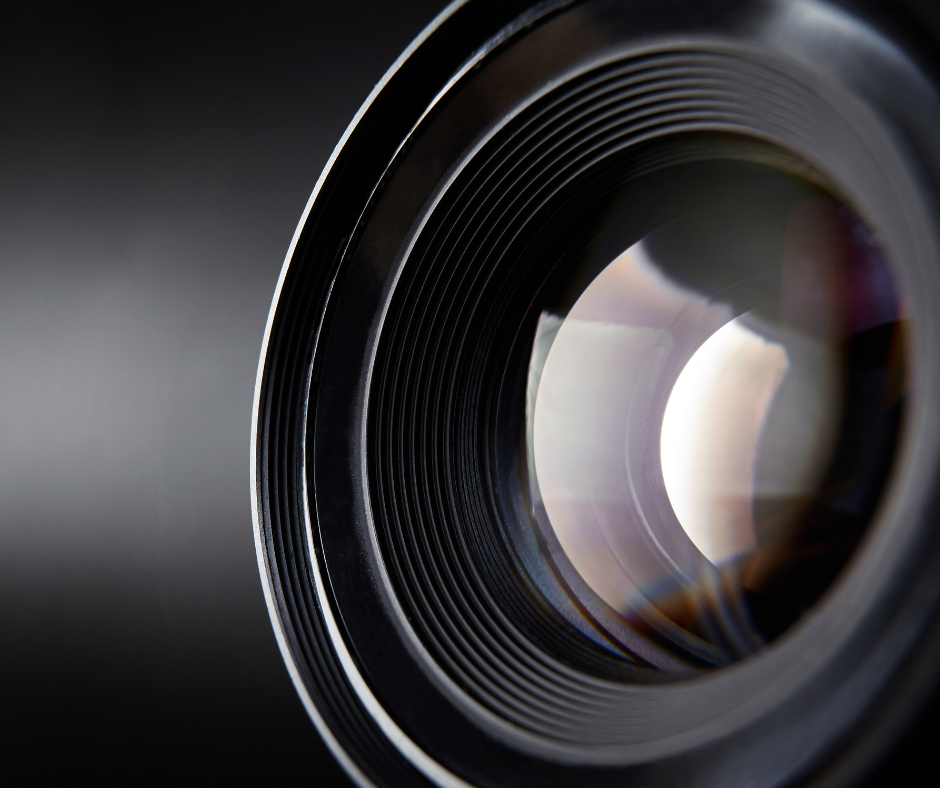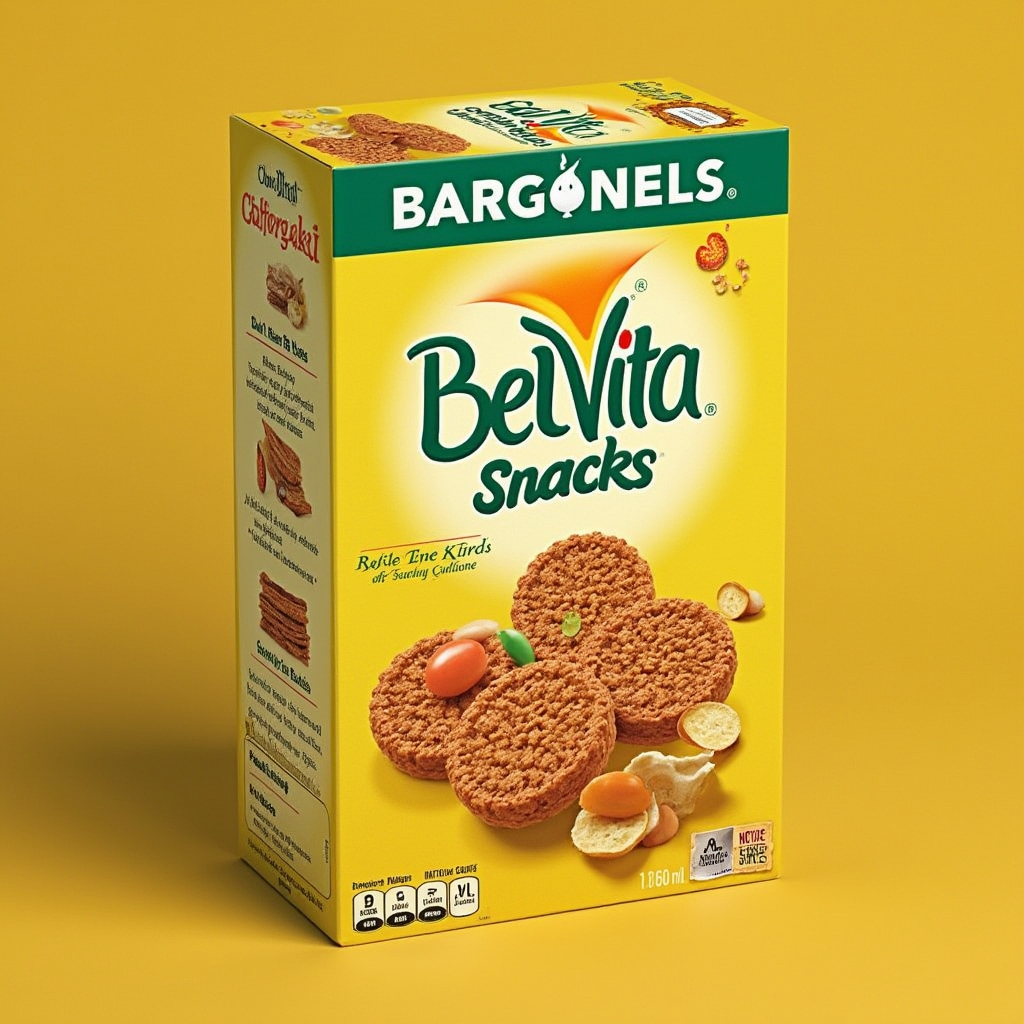Branding photography is more than just taking pictures—it’s about visually telling your brand’s story and connecting with your audience on a deeper level. Whether you’re a small business owner, a freelancer, or a large corporation, high-quality branding photography can help you stand out in a crowded market. This guide will walk you through everything you need to know about branding photography, from its importance to how to execute it effectively.
What is Branding Photography?
1.1 The Concept of Branding Photography
Branding photography involves creating a collection of professional images that visually represent your brand. These images can include:
- Product photos
- Portraits of the team
- Shots of your workspace
- Lifestyle images that reflect your brand’s values
The goal is to create a cohesive visual identity that communicates your brand’s personality, values, and mission.
1.2 Why Branding Photography Matters
In today’s visually driven world, first impressions are often made through images. High-quality branding photography can:
- Establish Trust: Professional photos make your brand appear more credible and trustworthy.
- Enhance Recognition: Consistent visual branding helps your audience recognize and remember your brand.
- Increase Engagement: Visual content, especially images, is more likely to be shared and engaged with on social media.
- Support Marketing Efforts: Quality images can be used across various platforms, from your website to social media and advertising campaigns.
The Key Elements of Effective Branding Photography
2.1 Defining Your Visual Style
Before you start snapping photos, it’s essential to define your brand’s visual style. This style should align with your overall brand identity and resonate with your target audience.
- Color Scheme: Choose a color palette that reflects your brand’s personality. For example, vibrant colors may convey energy and excitement, while muted tones might suggest sophistication and calmness.
- Lighting: Decide on the type of lighting that best represents your brand—natural, soft light for an organic feel, or bright, direct light for a modern and bold look.
- Composition: Consider how you want your images framed and composed. Symmetrical compositions often feel balanced and professional, while asymmetrical compositions can be more dynamic and creative.
2.2 Showcasing Your Products and Services
If your brand offers products or services, branding photography is the perfect opportunity to showcase them in the best light.
- Product Photography: Highlight your products with high-quality, detailed shots. Consider using different angles, close-ups, and styled settings to make your products stand out.
- Service Photography: If you offer services, focus on capturing the process or the results. For example, a branding photographer might capture a behind-the-scenes look at a photoshoot or a client interaction.
2.3 Telling Your Brand Story
Branding photography should go beyond the basics and tell your brand’s story. Think about how you can use images to convey your brand’s journey, values, and mission.
- Lifestyle Photography: Capture images that reflect how your products or services fit into your customers’ lives. Show real people using your products in real settings.
- Team Portraits: Introduce your team to your audience with professional yet approachable portraits. This helps humanize your brand and build a connection with your audience.
- Behind-the-Scenes Shots: Give your audience a peek behind the curtain with behind-the-scenes photos. These can be of your workspace, production process, or team at work.
How to Plan and Execute a Branding Photography Shoot
3.1 Setting Clear Objectives
Before your photoshoot, it’s crucial to set clear objectives. What do you want to achieve with your branding photography? Common goals include:
- Increasing Brand Awareness: Create images that make your brand recognizable and memorable.
- Boosting Social Media Engagement: Capture share-worthy images that encourage likes, shares, and comments.
- Enhancing Website Aesthetics: Produce high-quality visuals that improve the look and feel of your website.
3.2 Choosing the Right Photographer
Working with a professional photographer who understands your brand is key to a successful branding photography shoot. Look for a photographer who:
- Has Experience: Check their portfolio to ensure they have experience with branding photography.
- Understands Your Vision: Communicate your brand’s values, style, and goals to ensure the photographer can capture your vision.
- Offers Flexibility: Choose someone who is willing to collaborate and adapt to your needs.
3.3 Planning the Shoot
Proper planning is essential for a smooth and successful shoot.
- Create a Shot List: Outline all the shots you need, including specific products, team members, and settings. This ensures you don’t miss any important images.
- Prepare Your Space: Whether shooting in your workspace, a studio, or an outdoor location, make sure the area is clean, organized, and ready for the shoot.
- Coordinate Wardrobe and Props: Ensure that your wardrobe and props align with your brand’s visual style. Keep it consistent with your color scheme and overall aesthetic.
Leveraging Your Branding Photography
4.1 Integrating Photos into Your Website
Your website is one of the most important places to showcase your branding photography. Use these images to:
- Enhance Your Homepage: Use a strong hero image that captures the essence of your brand.
- Improve Product Pages: Include high-quality images that show your products in detail.
- Build Trust on the About Page: Feature team portraits and behind-the-scenes shots to make your brand more relatable.
4.2 Boosting Social Media Presence
Social media platforms thrive on visual content. Use your branding photography to:
- Create a Cohesive Feed: Ensure your social media grid looks cohesive by using images with similar colors, lighting, and style.
- Increase Engagement: Post lifestyle photos, product shots, and behind-the-scenes content to engage your followers.
- Promote Brand Values: Use images to communicate your brand’s mission, values, and story.
4.3 Enhancing Marketing Materials
Your branding photography should also be integrated into your marketing materials, such as:
- Email Campaigns: Include eye-catching images in your emails to increase open rates and click-throughs.
- Brochures and Flyers: Use high-quality photos to make your print materials more appealing and professional.
- Advertising Campaigns: Leverage your branding photography in both digital and print ads to attract and convert customers.
Conclusion: The Power of Branding Photography
Branding photography is an investment in your brand’s image and reputation. By creating a collection of professional, cohesive images that reflect your brand’s identity, you can build trust with your audience, increase brand recognition, and support your marketing efforts. Whether you’re just starting out or looking to refresh your brand, effective branding photography can help you connect with your audience and stand out in a competitive market.
Remember, the key to successful branding photography is consistency. Ensure that all your images align with your brand’s visual style and story, and you’ll create a powerful, lasting impression on your audience.










